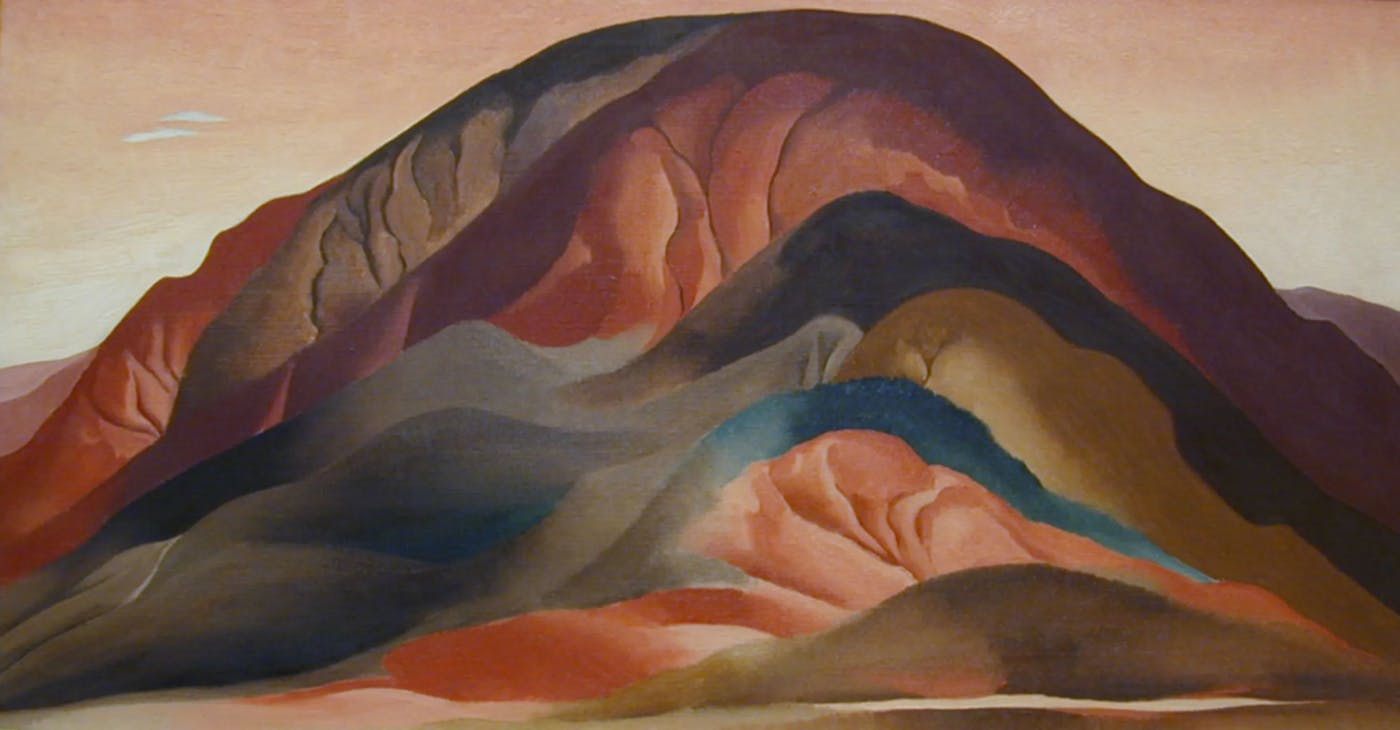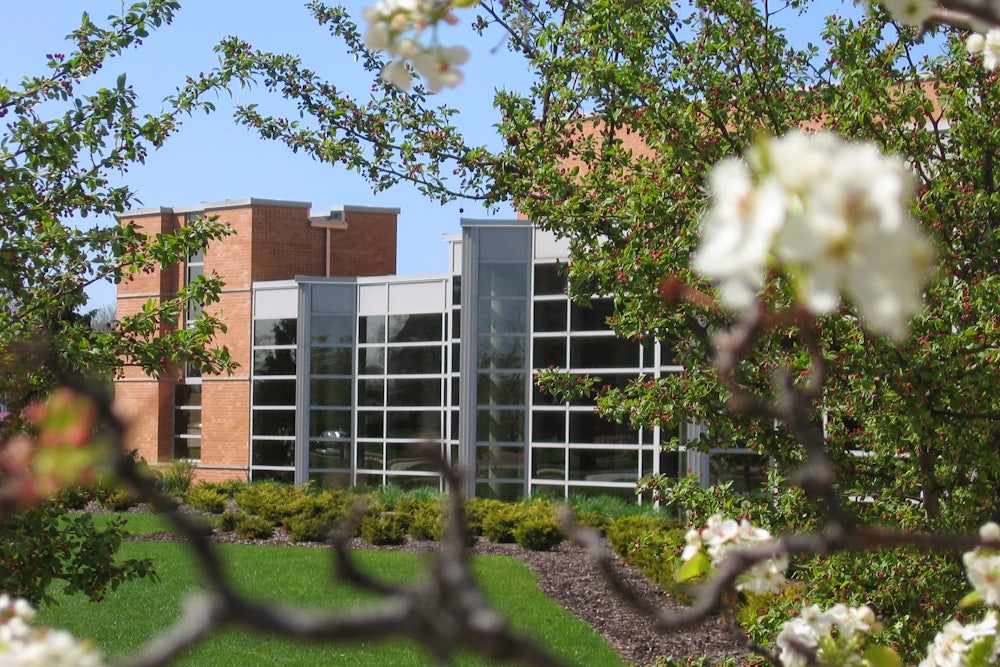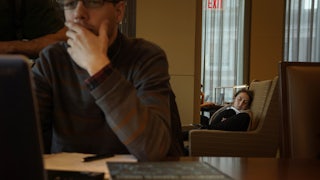The liberal arts in higher education are in crisis. At state schools and private colleges alike, administrators are eliminating majors, reducing programs, and sacrificing the traditional calling of the university on an altar of financial efficiency. My alma mater, Valparaiso University, a small Lutheran university in northwest Indiana, has momentarily become ground zero in the battle over the values and priorities that will determine the future of higher education in the United States.
Like many private universities of its size and stature, Valparaiso has descended into financial duress. In 2015, it had roughly 4,500 students. Now, it has only 3,000. Its sky-high tuition of $45,000 per year, around quadruple the in-state tuition for public universities like Indiana Bloomington and Purdue, has weakened its appeal to students concerned about graduating with massive amounts of debt. In recent years, the university has axed majors in theater and French, the Greek and Roman studies program, and the entire law school. Dozens of other universities have made similarly severe cuts in recent years.
But Valparaiso isn’t stopping there. Its president, Jose Padilla, recently detailed plans to generate funds by selling three artistic treasures from the university’s Brauer Art Museum: Childe Hassam’s The Silver Veil and the Golden Gate, Frederic Church’s Mountain Landscape, and most significantly Rust Red Hills by Georgia O’Keeffe. He hopes to generate $10 million—the bulk of it from Rust Red Hills, which has been exhibited around the world—to fund the renovation of two freshman dormitory buildings.
The case touches on several overlapping debates in higher education. What is the purpose of studying at a university beyond job training? How can schools like Valparaiso, which emphasize learning outside of vocational courses, survive when a corporate-consumer model has overtaken higher education and exerted a powerful influence on administrators and students alike?

Padilla’s plan, which is potentially illegal, is broadly unpopular. The faculty senate voted 13–6 to denounce the sale, a student petition opposing the transaction currently has 2,000 signatures, and 92 faculty members have co-signed a letter in condemnation. Richard Brauer, for whom the museum is named, has requested that his name be removed if the sale proceeds. Four museum associations have issued a joint statement calling on Padilla to cancel the sale, and it is highly likely that if the sale proceeds, the Brauer Art Museum will be sanctioned—losing its eligibility to receive paintings on loan, or loan its paintings to other museums.
Valparaiso University received the paintings as part of a trust stipulating that, in accordance with the International Council of Museums code of ethics, the sale of the paintings is permissible only if the funds are invested back into the museum. Gretchen Buggeln, an art history professor at VU, explained to me in a series of emails last week that if the intention was to, for example, “increase the number of works by African American artists in the collection for curricular and mission-related purposes,” the sale might meet ethical standards. One doesn’t need an MFA or MA in philosophy to understand that a dormitory is not even in the same universe of consideration.
Public policy solutions are necessary to revive the liberal arts. The runaway tuition rates at most universities exert severe pressure on students to make understandable economic calculations when choosing where to attend, what major to choose, and what courses to take. Affordable tuition and the elimination of student debt as a lifelong burden might free students to embrace more abstract models of learning, and pursue passions that do not have a straight line to a lucrative career. In the meantime, it seems unlikely that universities that emphasize the liberal arts will succeed by stripping away everything that makes them unique, and separates them from their larger and cheaper state school alternatives.
I enrolled at Valparaiso as a graduate student in the English Studies and Communication program in 2010 because of its emphasis on the arts and humanities and its insistence on education as an opportunity to wrestle with ethics in situations of social consequence—precisely the type of debate taking place at Valparaiso that pits crude financial calculations against the foundational principles of educational institutions.
Ashley Vernon, an arts major at Valparaiso who has staged protests and collected petition signatures against the sale, attends the school for similar reasons. “The thing that sets us apart as a brand—the focus that the university can help a student become a well-rounded person who knows what drives them in life and excites them—that is no longer being supported,” Vernon told me last week. “Our university mission has such a strong base in faith and ethics. If we lose sight of that, we lose sight of who we are as an institution.”
Matthew Becker, a theology professor at the school who wrote the aforementioned faculty letter, wrote an eloquent defense of the liberal arts in urging Padilla not to sell the three paintings. “The aim of such art, in part, is to stir the human imagination (an activity that is so crucial to all academic disciplines), to inspire people to adopt new and hopeful perspectives, to feed souls, and to motivate people for just ends,” Becker wrote. “The liberal arts are not simply a shiny veneer on our professional degrees. The liberal arts are at the heart of our university’s mission, which, in part, is to liberate people from ignorance and prejudice, and to liberate them for leadership and service.”
Becker’s assessment of the importance of the liberal arts, including fine arts, is particularly applicable to Valparaiso, where courses in not only the humanities, but even the professional colleges, make use of the Brauer Museum as part of their instruction. When I earned my master’s degree, English professors routinely walked my classes to the museum, demonstrating how a literary concept comes alive in visual art, and vice versa. Buggeln told me that, in recent years, department chairs have discussed in great detail how to “more formally integrate the museum into curricula.” Vernon, meanwhile, argued that the prevalence of the arts on campus attracts far more students than the dormitories, as most of her friends never expected to live in luxury in the dorm. (Also, half of the student body commutes.)
But Padilla isn’t budging. According to multiple sources, he has said that if the sale does not happen, he will cut “programs and positions” to acquire the necessary funds to begin the dormitory project. He allegedly also rejected a proposal to fund the dormitory renovation by taking a short-term loan against the university’s $254 million endowment, and has insisted that any proceeds he raises through more traditional fundraising measures will support the creation of a new athletics center and nursing building. He believes those buildings, alongside the newly renovated dorms, will attract more students. (And yet, he also allegedly told one senior faculty member, who prefers to remain anonymous, that he will “not fundraise by asking old white guys for money.” The potential donor pool for a Lutheran university in Indiana is, like the board of directors that hired Padilla, full of old, white guys.)
I asked Padilla’s spokesperson for comment on specific allegations in this article. Instead, I was sent an anodyne statement that stressed the need to attract and retain students in order to boost tuition revenue, which, in turn, will help “our students’ residential experience.” “The decision to explore a potential sale of these three works was not made lightly,” it continued. “We will continue to pursue prudent and responsible solutions, with the goal to avoid any additional financial burden on the University or our students. We also recognize that there will be those who disagree with the actions we are proposing. Universities like ours should always be a haven for open dialogue and debate, and we respect differing perspectives.”
Opponents of the sale turn to the life of Georgia O’Keeffe herself for inspiration. When the family of the so-called mother of American modernism hit hard times, owing to her own mother’s poor health, she set aside her lifelong dream of painting to pursue a career as an elementary school art teacher. In 1912, she then enrolled in a summer arts course at the University of Virginia, where, at the time, women were not allowed to take courses for credit. The ideas that O’Keeffe learned in that course, according to biographer Roxana Robinson, “appealed to her like a fresh wind. A concept of art that allowed her to participate and required her to involve every aspect of her life was one she embraced, recognizing it at once as her own.”
The paintings of O’Keeffe act as a tribute to the arts in education. Now, in an exercise of irony—something they still teach in the humanities—one of them might symbolize its decline.






